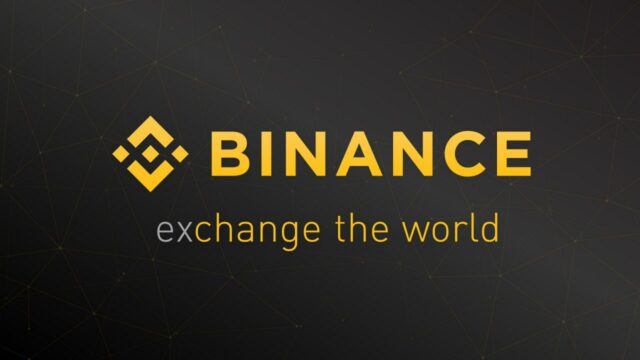Market research and investigation arm of popular Chinese cryptocurrency exchange Binance, ‘Binance Research’ has published the second edition of its periodical report series on the institutional investment market.
Published on November 22, ‘Institutional Market Insights – 2nd edition’ has been credited to a trio of staff from Binance Research and Binance Trading.
The paper claims that:
“In its second survey, Binance Research analyzed typologies and views from the most significant VIP and institutional clients, who had been using some of the services offered within the Binance ecosystem.”
Binance Research, ‘‘Institutional Market Insights – 2nd edition’
Institutional investors (or ‘VIP’s, according to Binance) are typically those who could be considered economically influential within the financial sector; high capital investment organisations such as pension funds, hedge funds, investment banks and even private investors.
As such, their financial insights and strategies can be as influential as their net worth.
Binance Research introduces its report by stating that it attempted to get in touch with over 200 ‘VIP’ organisations, institutional investors “with respective allocations to crypto assets ranging from $100K to more than $25M.”
Out of these 200, only 76 ended up responding. Over a quarter of these respondents (at least claimed) to have 7+ years traditional financial experience, and 1-3 years experience in crypto.
Due to the small sample size, the results are not indicative of the institutional investment market as a whole, yet they are still informative.
Insights Overview
There are three investment strategies which are more common than any others in the study results: high-frequency prop trading (35.5%), technical analysis (25%), and market-making (19.7%).
This suggests that institutional investors prefer a smaller and familiar portfolio of options, a theory which is reinforced by the fact that “54% of respondents kept their crypto asset portfolio between 1-10 coins, a characteristic reflected across all investment and trading strategies.”
It may look institutional investors are heavily dependant on proven strategies and products, and this is supported by the answers given by respondents when asked what they believed to be the “Largest six growth drivers”.


These include the addition of new services to ‘traditional brokerages’, Bitcoin ETFs, and Central Bank Digital Currencies (CBDC). However, there are also a couple of less conventional answers listed – such as changes in global regulations, and the Facebook-led Libra project.
Conversely, the lowest growth drivers as voted by respondents are arguably more surprising due to the fact that they massively contradict opinions commonly held by the crypto press / media.

These include fundamentally important, yet relatively unexciting features like: privacy, private blockchains, decentralized exchanges, security tokens, and staking solutions. Despite this, more than half of respondents take part in token-staking themselves.
‘Privacy’ also appears among the list of least important risks, proving it to be of low importance to institutional investors.
Also of low concern to institutional investors are decentralized (or non-custodial) exchanges, which reflects the level to which they are dependant on centralized, custodial exchanges.

A disregard for privacy features correlates with the fact that many such investors rely on custodial platforms as a primary method of storing funds.
In fact, self-custody and liability could be detrimental to these customers as they are managing others’ funds in many cases.


Key Highlights

- Centralised cryptocurrency exchanges are the most popular crypto storage method by far for institutional investors, with 92.10% of respondents claiming to hold funds on such a platform.
- USDT / Tether is the most widely used stablecoin amongst institutional investors, accounting for 40% of all stablecoin usage. Beyond this, exchange backed stablecoins peaked respondent’s interest more than any other beyond USDT / Tether.
- Most respondents do not consider the Facebook-led Libra project to present a risk to the industry, and many feel it may even become a market driver.

Around the Clock
- Institutional investors Asia / Oceania and EMEA spend the greatest number of hours around the clock – potentially due to the relative equidistance of their time zones with each other – as well as other high GDP, trading regions.
Market Expectations
“institutional and VIP clients expected Bitcoin to maintain a considerable market dominance (69%) by the end of 2019, which echoes their fear of the altcoin market, losing any interest from retail participants”

Binance concludes with the following questions, verbatim
Stablecoin evolution: Will Tether remain the king?
Regulations: How will regulations impact the future of this industry?
Central banks and corporate cryptocurrencies: Are CBDCs and Libra going to launch?
US-approved ETFs: Will a Bitcoin ETF be approved in the US?
Derivatives: Will options bring new trading opportunities for miners and other market participants?




